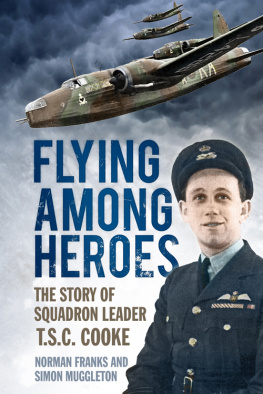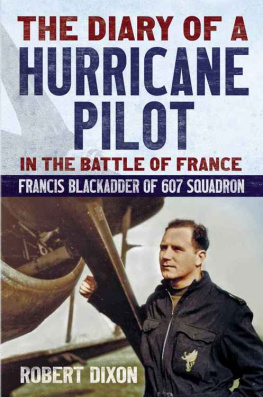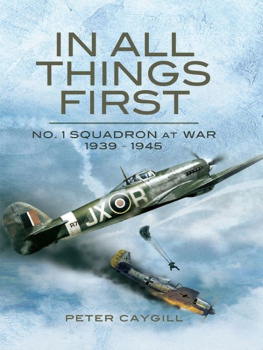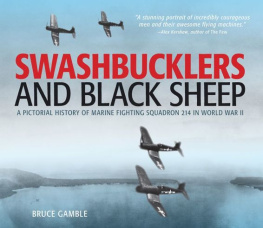This edition is published by PICKLE PARTNERS PUBLISHINGwww.picklepartnerspublishing.com
To join our mailing list for new titles or for issues with our books picklepublishing@gmail.com
Or on Facebook
Text originally published in 1941 under the same title.
Pickle Partners Publishing 2015, all rights reserved. No part of this publication may be reproduced, stored in a retrieval system or transmitted by any means, electrical, mechanical or otherwise without the written permission of the copyright holder.
Publishers Note
Although in most cases we have retained the Authors original spelling and grammar to authentically reproduce the work of the Author and the original intent of such material, some additional notes and clarifications have been added for the modern readers benefit.
We have also made every effort to include all maps and illustrations of the original edition the limitations of formatting do not allow of including larger maps, we will upload as many of these maps as possible.
FIGHTING SQUADRON: A SEQUEL TO DIVE BOMBER
BY
ROBERT A. WINSTON
CHAPTER ONEBack in Harness
IN ALL MY LIFE I had never been so insulted as I was when it slowly dawned on me that Mr. Leroy Grumman was not going to let me fly his Hellcat fighter.
Yes, he said, its a nice airplane, and we expect great things from it. Would you like to sit in the cockpit?
That was the crowning blow. I had expected that he would ask me casually if I would like to fly the Hellcat. It wouldnt have been so bad if I hadnt flown all the way up from Washington on a cold February morning just to fly this particular airplane, at the express invitation of one of Mr. Grummans assistants. Now it appeared that the assistant had been talking out of turn when he issued the invitation to me, for it was obvious that Mr. Grumman and his partner, Mr. Leon Swirbul, did not care to entrust their brand new X job to a part-time aviator who spent most of his days at a desk in the Navy Department.
To heap one insult on another, Messrs. Grumman and Swirbul assigned their chief test pilot, Conny Converse, to help me into the cockpit while the Hellcat sat in the hangar with the doors closed. Since Conny and I had been wing-mates in Fighting Squadron One on the old Lexington and had flown Navy fighters for years, this only rubbed salt in my wounded pride.
Conny sensed this as he stood on the wing while I sat in the cockpit.
This cockpits just right, he said. Plenty of room, and no more hand cranks to raise the landing gear. Remember the old F3F, and what a strong right arm it developed? Thats all gonejust move this lever, and the wheels retract hydraulically. Shes got hydraulic gun chargers, too.
Boy, what a gentlemans airplane! I exclaimed. How many guns?
Six fifties. Just touch those buttons with your toes, and your guns are all set. The bomb release is electric, too. Just press the button on the control stick.
What size bomb? I asked.
Two thousand-pounders, or one and a belly tank, he replied.
No! I dont believe it!
Im not kidding, he said. Remember, youve got two thousand horses pulling you now.
Thats right. Id forgotten that big twin-row engine. Two thousand horsepower, and all for one man! Its hard to realize, after what we used to fly. Remember the old F4B-4?
Yes, and remember the first thousand-horsepower engines, and how we said theyd reached the all-time limit for single-seaters?
Golly, I said, looking at the wings. This is a lot of airplane. What does she weigh?
Over six tons, gross load.
No! Why, thats more than our twin-engined patrol planes weighed, only a few years back. Can it fly aboard with all that weight?
She makes the most beautiful carrier landings you ever saw.
How about maneuverability? Remember, the Jap Zero only weighs about three tons.
Yes, but the Zero has no self-sealing tanks or armor. Take a look at the armor plate behind you.
Behind the seat he showed me a broad plate of thick armor, and in front of me was a bullet-proof windshield. The Hellcat was literally a flying tank.
Shes pretty rugged, I admitted. Id give my eye-teeth to get into a squadron of these.
So would I, said Conny with a sigh, but I guess those days are gone forever.
Oh, I dont know about that. Im in just as good shape as I ever was.
He smiled indulgently. I know. Thats what I try to tell myself. But you notice that the young fellows like Bobby McReynolds get all the demonstration flight assignments. Its a young mans game. The British are taking their fighter pilots out of combat when theyre past twenty-eight.
I took another long look at the Hellcat. Well, just the same, Im going to be flying one of these yet.
But it would take some doing.
ON THE FLIGHT back from Bethpage to Washington I flew over Floyd Bennett Field, where I had made my first solo flight as an aviation cadet eight years before. What had those eight years meant? A year of training in 1935, two years in fighter squadrons, 1936 on the west coast, and 1937 on the east coast with Fighting Squadron Six aboard the newly built aircraft carrier Enterprise . Then a year and a half as an instructor in fighters at Pensacola, to complete my four-year contract as an aviation cadet and get a commission as an ensign in the Naval Reserve in 1939. After that, a year of inactive duty as a test pilot in Finland, Belgium, and France during the German Blitzkrieg of 1940, then back to active duty at my own request in 1941, first as a flight instructor at Pensacola and then at Corpus Christi, still in fighters. {1}
Where had the war found me? On a desk job as aviation assistant to the director of naval public relations, because of newspaper experience prior to entering naval aviation. A fine job for a fighter pilot! Well, someone had to do the job, and I had the background. But why should I sit out the war, while all my friends in the Navy were out in the Pacific getting shot at? Only the week before, I had arranged a press conference for two Marine Corps pilots just back from GuadalcanalMajor John Smith, whom I had checked out in fighters at Pensacola in 1938, and Captain Marion Carl, who had served with me as an instructor at Pensacola a year ago.
These two men had really been fighting the war. Smith was the leading ace of the Marine Corps with twenty-six enemy planes to his credit, and Carl was not far behind him. Both had been shot down by Japanese Zeros and had gone up to fight again. Now they were home on leave, laden with combat decorations, while I sat safe and sound in an office chair in Washington. They had eyed me a bit curiously, as if wondering what was wrong with me, or what was keeping me out of the fight. Now I realized that in the eyes of the men who are doing the fighting, there will always be resentment of those who have not been assigned the unpleasant task of killing the enemy. No matter what any man contributes to a war effort, as long as he is physically fit and able to fight, returning veterans will always look at him with that curious expression which silently asks, How many of our enemies have you personally eliminated?


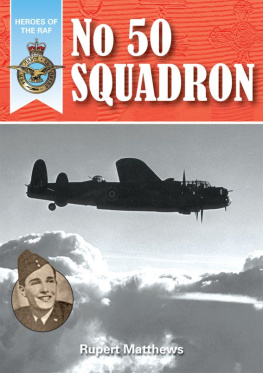
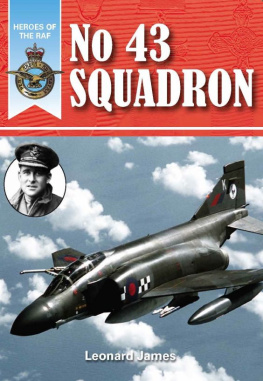

![Bar Wing Commander Guy P. Gibson VC DSO - Enemy Coast Ahead [Illustrated Edition]](/uploads/posts/book/180257/thumbs/bar-wing-commander-guy-p-gibson-vc-dso-enemy.jpg)

